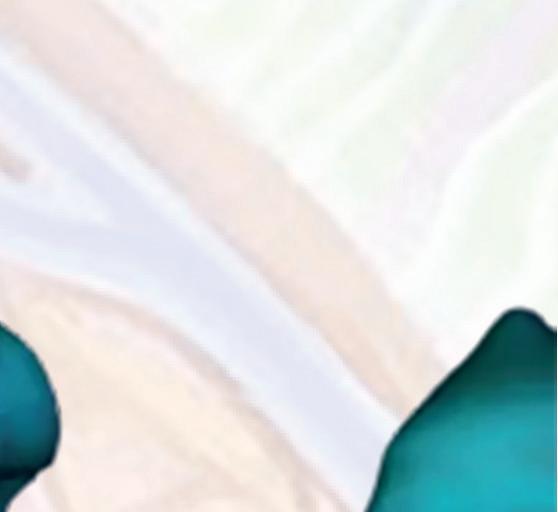
3 minute read
Psychedelics: A Guide to Understanding them
Post-traumatic stress disorder (PTSD), as we know it today, was initially identified as an unique diagnosis among people who had survived Nazi concentration camps following World War II, although being mentioned throughout history, most notably in World War I. The patients had nightmares, anxiety, and despair when they got home. They regularly startled each other. Paul Chodoff, a psychiatrist, summarized some of these early findings in an article published in 1963.
“Perhaps the most nearly universal and most characteristic symptom was an obsessive rumination state in which the patient was more or less constantly preoccupied with recollections of, and ruminations about, his experiences during persecution, and about family who had died or been killed.”
Advertisement

Psychiatrists tested a variety of treatments from drugs to exposure therapy for what Chodoff referred
Patients with PTSD today still have few treatment choices, more than 70 years after the original findings; most likely, they will be given a prescription for a mix of counseling and antidepressants. Some patients see improvements in their quality of life as a result of these therapies, while many others endure the condition-related nightmares, flashbacks, intense guilt, and anxiety for years on end. Whether or whether they participated in the military, around 6% of Americans will receive a PTSD diagnosis at some time in their lives, according to the U.S. Department of Veterans Affairs. While post-traumatic stress disorder (PTSD) is frequently linked to the tragedies of war, it can also relate to symptoms following other traumatic situations, including being involved in a fatal accident, witnessing death or injury or being a victim of sexual assault. Patients and scientists have longed for more options.

“How many drugs are registered [in the U.S. and Europe] for PTSD?” asks Eric Vermetten, a psychiatrist at the University of Leiden in the Netherlands and a military veteran himself. “The answer is two. And when were they registered? 21 years ago. That’s 21 years, we haven’t had any new drugs registered for PTSD.” But, it’s possible that the way ahead was taken decades ago. Because he believed that these patients were still in the camps in their imaginations, psychiatrist Jan Bastiaans, also of the University of Leiden, treated concentration camp syndrome using psychedelic medicines like LSD and psilocybin (a component of magic mushrooms) in the 1960s. According to Vermetten, he thought that “the LSD or psilocybin freed people up to the level that they may release themselves.” Even though the treatment had the ability to be helpful, some doctors and authorities thought that it was overly risky. Bastiaans kept using the medications to treat individuals against the critiques until he retired in 1985, although by that point, he was all but alone in believing that they had therapeutic efficacy.













